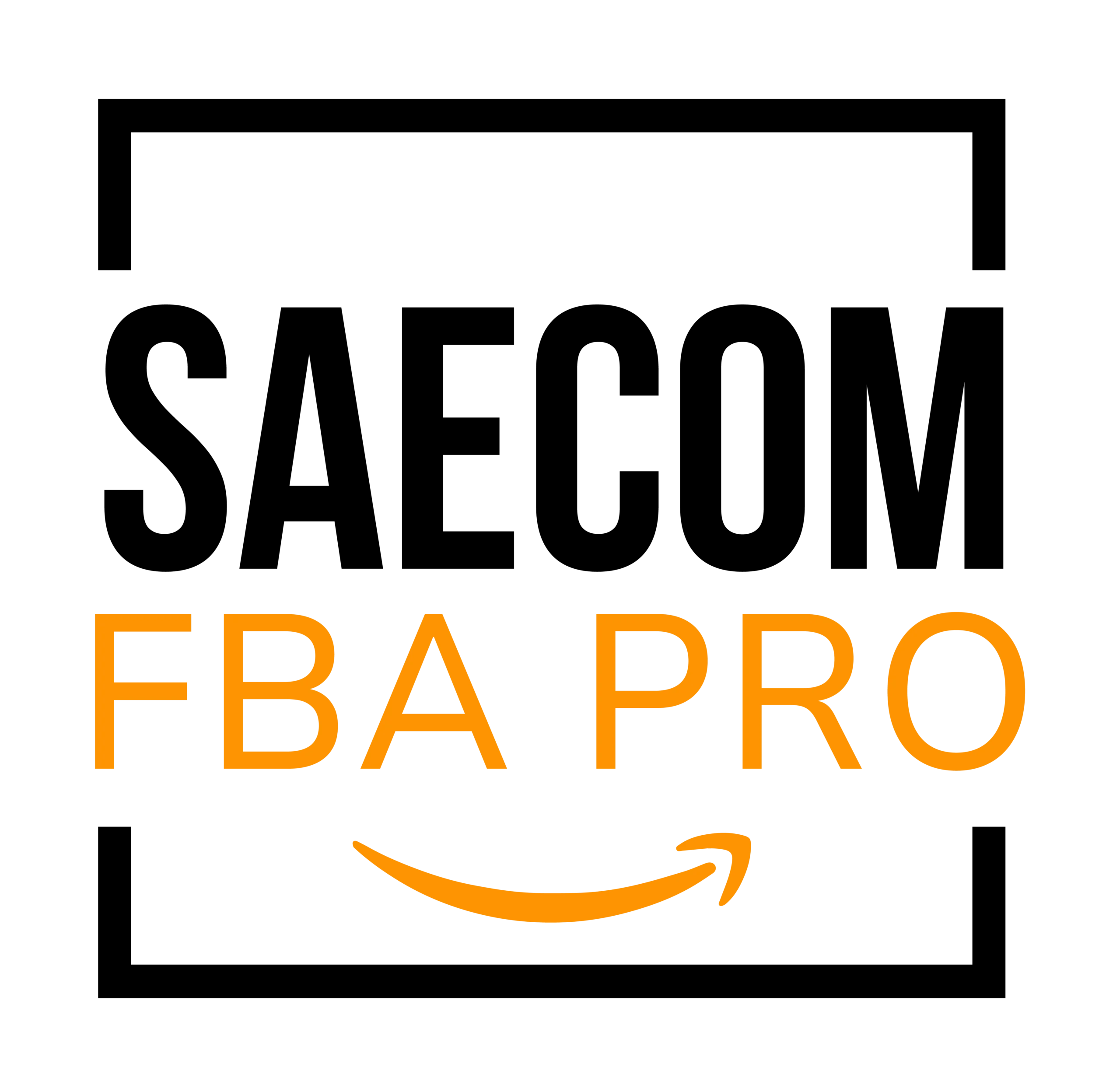Amazon Acceptable Condition Guidelines for Selling Used Products
Amazon has established clear guidelines that define the acceptable condition for used products. These rules are vital in protecting customer satisfaction and maintaining the credibility of the Amazon marketplace. When sellers follow these guidelines, they help deliver accurate product details to customers and contribute to a trustworthy shopping environment.
A Closer Look at Amazon’s Product Condition Guidelines

Amazon’s Product Condition Guidelines act as a detailed framework that assists sellers in correctly evaluating the state of their used products. These rules bring clarity and consistency, allowing customers to make well-informed purchasing decisions based on the actual condition of listed items.
By ensuring sellers comply with these standards, Amazon promotes a secure and reliable platform. This system helps buyers shop with confidence, knowing they’re getting products accurately described by the sellers.
Why Amazon’s Condition Guidelines Matter
For sellers, adhering to Amazon’s Condition Guidelines is crucial to preserving customer trust and confidence. Properly describing the condition of used items prevents misleading listings and helps buyers make decisions they feel good about.
Additionally, sticking to these standards reduces the chances of product returns and disputes between buyers and sellers. Clearly defined product conditions create transparency, fostering smoother transactions and a better experience for both parties.
Key Condition Terms Sellers Should Know
To follow Amazon’s Condition Guidelines successfully, sellers must be familiar with the essential terms used to classify product conditions. These categories include: “New,” “Used – Like New,” “Used – Very Good,” “Used – Good,” “Used – Acceptable,” and “Refurbished.”
Each label comes with specific expectations regarding a product’s appearance, functionality, and packaging. Understanding these categories enables sellers to list their products accurately and in line with Amazon’s standards, ultimately improving the shopping experience for customers.
Condition Criteria for Used Items on Amazon
It’s important for sellers to fully understand the condition categories applied to used products on Amazon. These classifications help determine whether an item is fit for sale and how it should be described.
By knowing the exact criteria for each category, sellers can accurately present the state of their products and price them accordingly. This practice builds customer trust and contributes to a positive seller reputation within the competitive Amazon marketplace.
Amazon’s Categories for Used Product Conditions

Amazon organizes its used product listings into specific condition categories that allow sellers to classify items consistently. Categories like “Collectible” and “Renewed” cater to distinct product types such as books, electronics, and more.
The “Collectible” category is meant for rare or historically significant items, often appealing to collectors and enthusiasts at premium prices. Meanwhile, the “Renewed” category features products that have been professionally inspected, tested, and restored to a fully functional condition—offering a dependable, cost-effective alternative to brand-new items.
A Detailed Look at Condition Levels
Each category of used products includes specific condition levels to provide even more precise product descriptions. These range from “Like New” to “Acceptable,” taking into account cosmetic flaws, functionality, and packaging.
For instance, a “Like New” product should show minimal to no signs of use and include all original accessories. On the other hand, an “Acceptable” item might display noticeable wear, have missing components, or minor issues affecting its usability.
Staying Compliant When Selling Used Products
It’s essential for sellers to strictly follow Amazon’s Condition Guidelines when listing used items. Compliance ensures a positive selling experience and shields sellers from potential risks.
Amazon enforces high-quality standards for all products sold on its platform, and sellers who consistently follow these guidelines build customer trust and improve their long-term reputation.
What Happens If Sellers Don’t Follow the Rules
Ignoring Amazon’s Condition Guidelines can result in severe penalties, including listing removal, negative customer reviews, and even account suspension. These consequences can damage a seller’s credibility and financial stability.
Maintaining compliance is the smartest way for sellers to protect their business, avoid setbacks, and remain competitive in the fast-paced world of online selling.
Smart Tips for Staying in Compliance
To remain compliant, sellers should carefully inspect their used products, provide honest descriptions of any defects or imperfections, and offer clear details about the product’s current state. Including high-quality photos can also help buyers better understand what to expect.
Additionally, it’s wise to periodically update product listings to reflect any changes in condition. Proactive communication and transparency with customers will result in smoother transactions and greater buyer satisfaction.
How Amazon Handles Returns and Refunds for Used Products?

Sellers dealing in used items must understand how Amazon’s return and refund policies work. These policies detail what rights buyers have and what responsibilities sellers must fulfill if a return or refund is requested.
Being familiar with these rules helps sellers handle returns efficiently, avoiding disputes and keeping customer service standards high.
Understanding the Return Policy for Used Items
Amazon’s return policy ensures customers can return items that don’t match their expectations or the condition descriptions provided. Sellers must know these policies thoroughly to manage returns promptly and professionally.
By clearly explaining the return process and adhering to Amazon’s requirements, sellers can make the return experience simple and stress-free for their customers.
How Refunds Are Managed for Used Products
When it comes to refunds, Amazon provides a specific process for sellers to follow when a customer requests to return a used item. Sellers must understand the circumstances that allow refunds and handle these situations quickly and accurately.
In case of a return, the seller is responsible for managing the item’s return, giving clear instructions, and promptly issuing a refund upon receipt of the item. Sticking to these rules helps build a trustworthy relationship with buyers.
Handling Common Return and Refund Questions
Sellers should also be prepared to address frequent customer questions about returns and refunds. Providing details about the return procedure, expected refund timelines, and any extra steps that might be required helps manage customer expectations.
By proactively addressing customer concerns, sellers create a positive buying experience, improve satisfaction rates, and build long-term customer loyalty.
Final Thoughts
Understanding and following Amazon’s acceptable condition guidelines for used products is essential for maintaining customer trust, avoiding penalties, and succeeding as a seller. Accurately describing the condition of your products, keeping up with policy updates, and providing exceptional customer service are key steps in creating a reliable and reputable Amazon business.
By staying informed, compliant, and customer-focused, Amazon sellers can confidently navigate the complexities of selling used products and thrive in a highly competitive environment.


